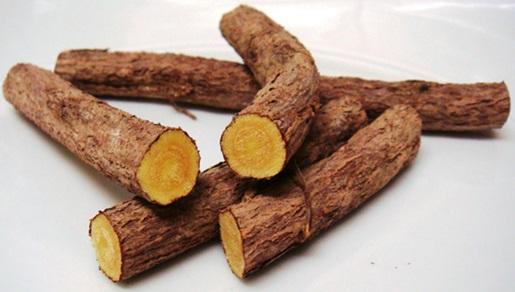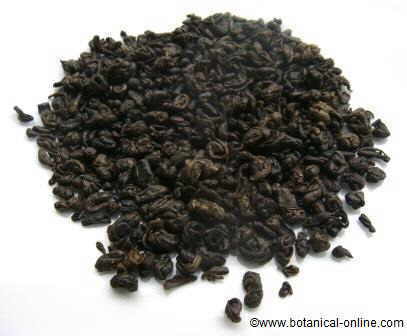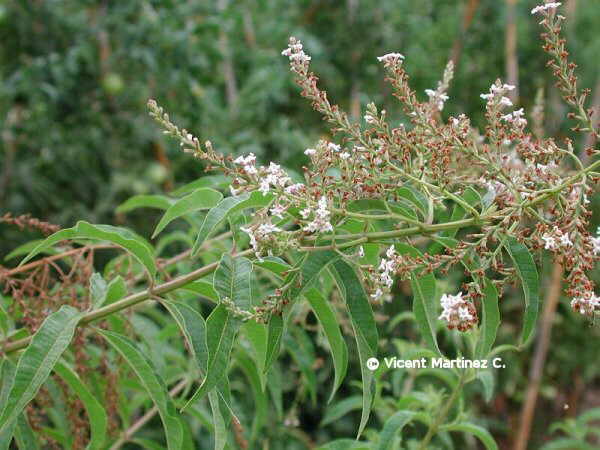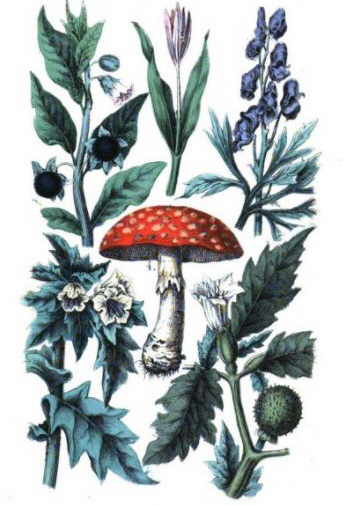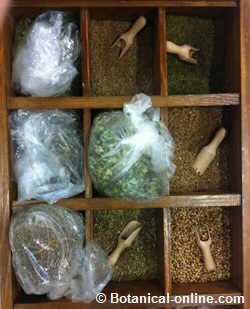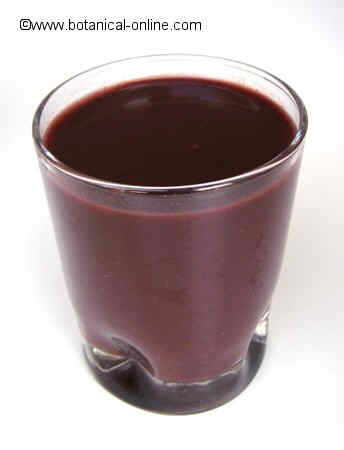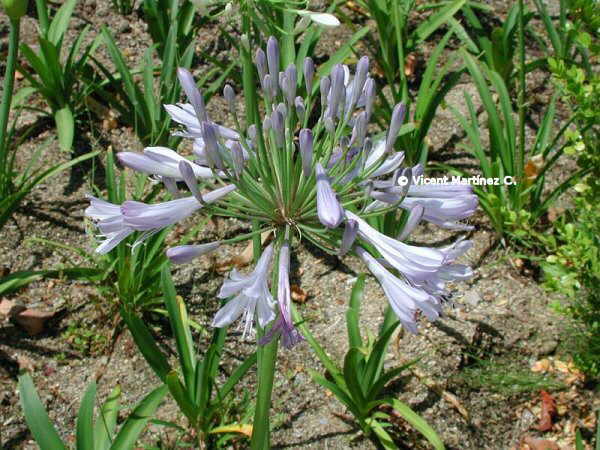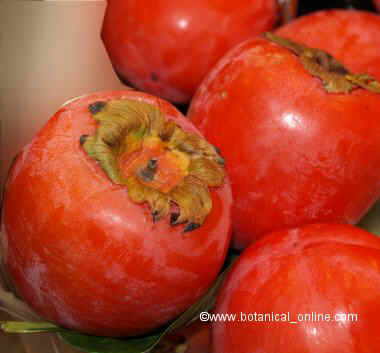Contents
CARE OF MORINGA PLANT
What is the moringa tree?
Moringa (Moringa oleifera) is a deciduous tree of the Moringaceae family, up to 10 to 12 meters. Its stems are erect, thick with a thick crust of grayish -white color.
The leaves are composed, tripinnate between 30 and 60 cm in length and bright green.
Flowers of yellowish white color, about 2 cm in diameter with 5 petals and 5 sepals, gathered in hanging inflorescences. In places with seasonal differences, it blooms in spring.
In areas with no seasonal changes and constant rainfall, it can flower throughout the year or a couple of times a year.
Fruits in brown, dehiscent capsules (legumes) up to 45 cm in length.
In their interior, there are seeds, with dark brown color, with wings and very rich in oil, in number of 10 to 15.
CONDITIONS OF CULTIVATION OF MORINGA
![]()
Moringa: Weather and Location
- Moringa is a plant that grows in semi-arid subtropical areas, below 1400 or 1200 m. of altitude.
- It prefers to be cultivated in the sun.
- It can not stand the wind.
- Ideal temperature: between 25-35 ºC, although it can withstand a moderate cold (-1 to 3º C) and a temperature of 48ºC whenever it is in the shade. Growing zone between 11-12
- Location: Protected location. Ideal for sunny and windy gardens.
![]()
Moringa: Soil, preparation and fertilizer:
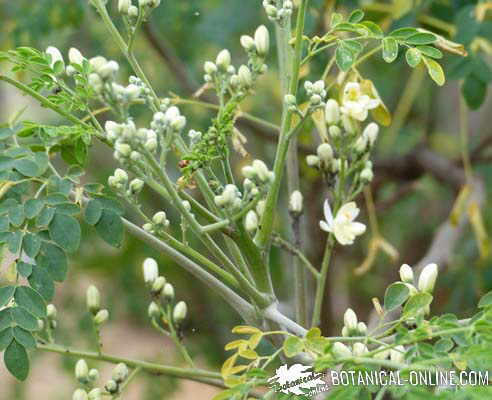
Detail of the leaves and flowers of moringa
- Type of soil: It tolerates many types of soil but prefers those that are neutral or acidic. It develops well on sandy or marly soils. The soil can be prepared by mixing soil
- Ph: from 6.3 to 7
- It needs a good drainage that prevents the retention of water in the roots, which may be responsible for the development of fungi.
- Fertilization: Moringa is a tree that does not need to be fertilized too much, although it has been seen that the addition of half kg of manure and 300 gr of ammonia sulfate per tree increases the production of flowers and fruits.
- Add compost when you prepare the holes to plant them and phosphorus to the seedlings to take root.
Moringa: Watering
Moringa can grow and develop with little water (from about 250 liters per year) although it is able to adapt in places with rainfall of up to 3000 liters per year, as long as the soil has a good drainage and water does not accumulate in the roots.
It is advisable to water it from time to time in dry places during the first two years, while the tree is growing and taking root. Subsequently, generally it will not be necessary to irrigate it, unless the plant manifests clearly lack of irrigation.
Moringa produces very deep roots that are capable of reaching the moist layers of the soil. This type of roots make it resistant in times of drought.
If you want to force it to bloom, you can add regular watering. With this type of irrigation, moringa will produce flowers and fruits constantly.
![]()
Moringa: Reproduction
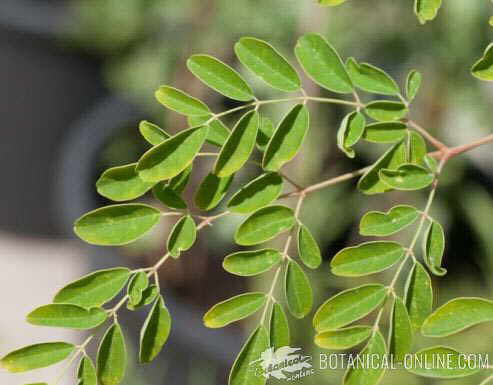
Moringa leaves
Moringa can be reproduced by seeds, seedlings obtained in seedbed and by cuttings.
Mature seeds of the season are the most suitable to germinate, since the seeds lose their germinative power in about two years after maturing.
To promote germination we can leave the seeds to soak the night before planting or even remove the husk. Germination usually occurs between a week and a couple of weeks.
The trees obtained from seeds produce fruits of lower quality and take longer to fructify than those produced from cuttings. Cuttings produce trees with better fruits and, especially, individuals with deep roots so they are more suitable for those soils with less water.
REPRODUCTION OF MORINGA BY SEEDS
Before the seeds are sown, the weeds should be cleaned and the holes drilled. These will be about a half meter deep and half a meter wide for each tree.
Once the soil removed, add about 5 kg of manure per hole. Cover the hole again and water abundantly, leaving the earth to rest for a couple of days.
– The seeds must be sown in the hole to a depth of 1 cm.
REPRODUCTION OF THE MORINGA BY SEEDLINGS.
The seedlings are obtained in containers of about 20cm wide X 20cm deep taking into account the following:
- Add a mixture of sand with garden soil in a proportion of 1 to 3.
- Sow about 4 or 5 seeds per container at a depth Of 1 cm.
- Keep the soil moist for a couple of weeks which is what it takes to germinate.
When the seedlings are about 4 or 5 cm, all but one are removed and the remaining one is allowed to grow to 80 or 90 cm.
The seedling is planted in the final place in holes prepared as for the seeds.
REPRODUCTION OF MORINGA BY CUTTINGS
The following procedure must be realized:
- Use hard wood cuttings between 45 cm and 150 cm are used
- They can be planted directly on the ground or in a nursery to be transplanted after 2 or 3 months.
- The part of the cutting that goes underground must be one-third of the total length of the cutting.
- Plant in grid of 3 x 3 meters 5 X 5 meters; Or in line of 5 x 5 meters.
- In case of planting them for the formation of hedges leave a distance of approximately 1 meter between planting and seedling.
Moringa is a tree that grows very fast. During the first 2 or 3 years of life, it can grow to 1 or 2 meters each year. Fruit production also occurs very quickly (about six to eight months after planting). It is a very productive tree, which produces between 600 and 1,600 fruits at 3 years of age.
![]()
Moringa: Pruning
Moringa tree requires three types of pruning:
* Pruning of formation: It is required to produce a shrub from seedlings about three months old and about 60 cm in height. This type of pruning will produce lower and more productive trees, with the fruits at hand. It consists of the following:
- Pinch the terminal branch 10 cm from the end when the tree has reached 60 cm.
- Cut to 10 cm the lateral branches that sprout under the previous pinch when they are 20 cm.
- Pinch to 10 cm the lateral branches that arise of the previous cut.
* Annual pruning: It is performed every year once the tree is established and consists of cutting broken or diseased branches until the tree is about 5 years old.
* Rejuvenation pruning: Used every 5 years to rejuvenate the specimen. It should be cut to one meter in height so that it will regrow again.
Old trees are unproductive or too tall to collect. They can be cut at ground level to produce new shoots.
![]()
Moringa harvest
Harvesting of the leaves is carried out when the trees reach about one meter and a half or two meters. Older leaves contain more principles although they are harder and fibrous. It is necessary to remove the threads to be able to eat them. These leaves can also be dried, leaving them for a few hours in the sun. Later they are stored to eat them at other times of the year.
Pods are usually harvested when the tree is two years old. They should be collected when they are green and tender. Seeds to eat like peas, will be collected shortly after maturation of the pod.
The seeds for the production of moringa oil should be allowed to mature on the tree and not collected until they are well brown. Once collected, they are allowed to dry on sacks in a dark, clean and dry place.
![]()
Moringa: Crop diseases
Moringa is a very resistant tree although, under certain circumstances, it can have the following problems:
Among the major diseases:
- Root rot: Caused by fungi, mainly of the genus Diplodia,
- Oiopsis: Caused by the fungus Levellula taurica
- Fungus Cochliobolus hawaiiensis
![]()
Moringa: Crop pests
The most prominent pests:
- Leaf caterpillar or hairy caterpillar: (Eupterote mollifera)
- Moringa mooth (Noorda blitealis)
- Bud worm (Noorda moringae)
- Fruit fly (Gitonia sp)
- Bark caterpillar (Indarbela tetraonis)
- Larvae of lepidoptera: (Tetragonia siva, Heliothis armigera, Metanastia hyrtaca)
- Termites
- Goats, rabbits, pigs or other domestic or wild animals that eat leaves, seedlings or seeds.
Medicinal properties of moringa
![]() More information on moringa
More information on moringa


